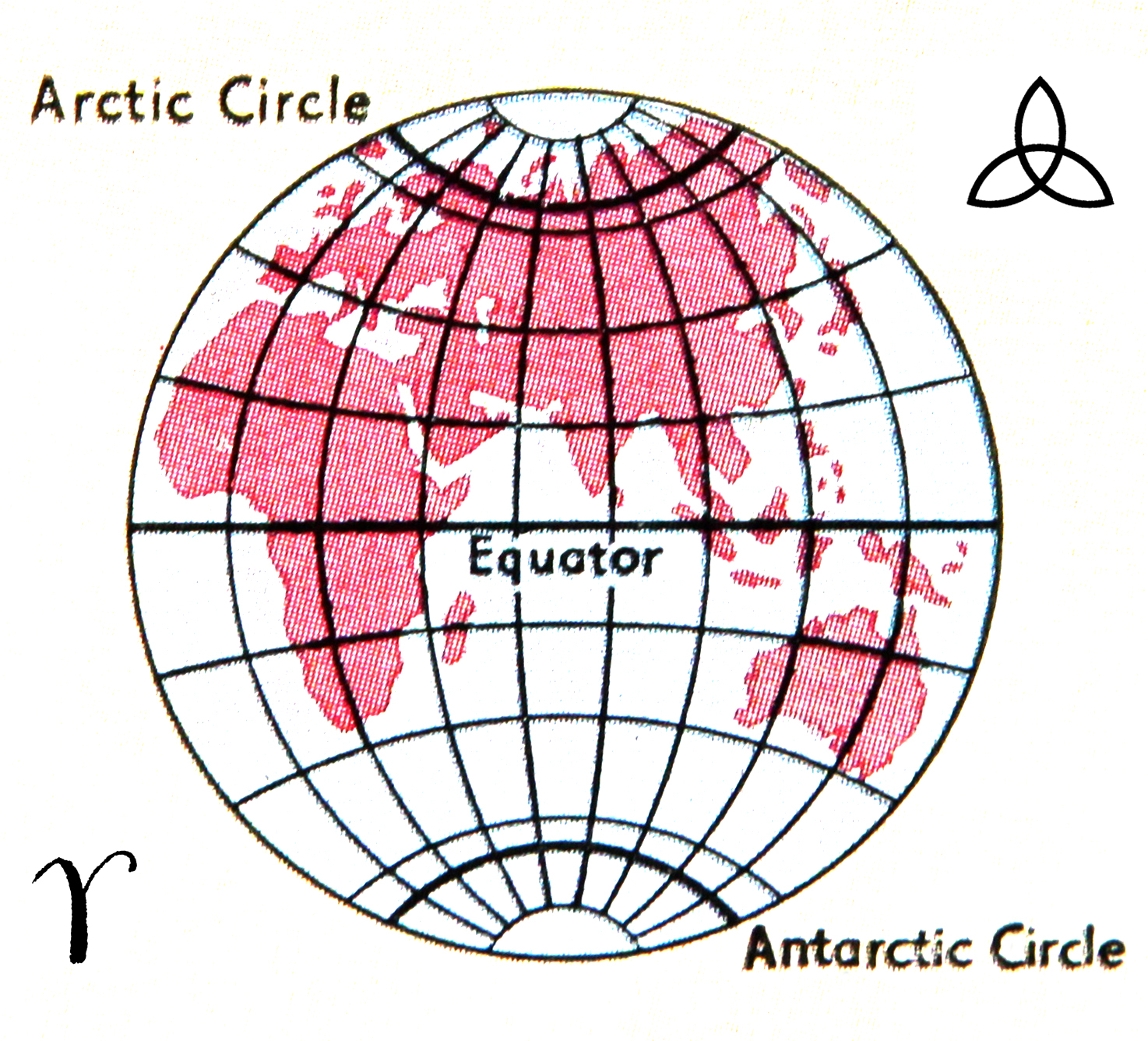Fragments of Poti

The Argo is the first ship in recorded history (at least, in western history) to be named. The ship was built with help of the Goddess Athena, who inserted a fragment of the sacred century old Dodon oak, so that it could speak and render prophecies, transmitting by the whisper of its leaves the will of the Gods. As an early navigational aid, it warns them of calamity, helping to carry them over 1500 sea miles, beyond the known world, across the Black Sea, once called the Inhospitable Sea by the Greeks.
In the account by the Alexandrian poet Apollonius of Rhodes, from the 3rd century B.C, the Argonauts are heroes, their story is one of ‘famous deeds of men of old’. In reality perhaps they were adventurers at best, ambitious thieves at worst, attempting to retrieve exotic goods and esoteric knowledge. Or were they simply mariners too long at sea, full of exaggerated tales? On their journey they encounter dreadful monsters, beguiling sirens, sexy witches, savage birds, deadly elements both natural and God induced. Under cover of darkness, they finally land at the mouth of the Rioni river. Unsure of how they will be received at the palace of Aetes, as plunderers, colonisers, usurpers, they proceed with caution. They hide their boat in a shaded backwater and walk to the city of Aia; along the way they see bodies wrapped in untanned ox hides and suspended from willow trees, a sight that travelers in Georgia recount right up to the 17th century.
Herodotus considered the Rioni to be the boundary between Europe and Asia. Though in this ancient tale we may see the meeting of two cultures, where some speak of building bridges we may also see the seeds of conflicts over resources, over who can exploit the riches of the earth. Storytelling is central to our human existence; we need to tell stories to understand the other, to keep alive memories, to share experiences, or to find common ground. A story is a connection of cause and effect. Scientists tell us that by listening to a story the language processing parts in our brain are activated, and not only these – those areas in our brain that we would use when experiencing the events being described are also activated. ‘All sorrows can be borne,’ wrote Karen Blixen, ‘if you put them in a story, or tell a story about them.’ Here then is a story that has survived the rise and fall of many empires, the archetypal adventure into the unknown, full of wild optimism, betrayal and vengeance, dark powers, impossible odds, doomed romance.
Painting of the Argonauts by Geminski, 1945 (detail).
არგო წარმოადგენს ისტორიაში (სულ მცირე დასავლურ ისტორიაში მაინც) მოხსენიებულ პირველ გემს. გემი აგებულ იქნა ქალღმერთ ათენას დახმარებით, რომელმაც მეტყველი მორი ჩაარჭო გემის ცხვირში, რომელიც გადმოსცემდა ფოთლების შრიალით გადმოსცემდა ღმერთების წინასწარმეტყველებას. როგორც ადრეული სანავიგაციო ხელსაწყო, ის აფრთხილებდა მათ მოსალოდნელი ხიფათის შესახებ, ეხმარებოდა 1500 მილის გადაკვეთაში შავ ზღვაზე, რომელიც იმ დროისთვის ამოუცნობ სამყაროს წარმოადგენდა და რომელსაც ერთ დროს ბერძნები სტუმართმოძულე ზღვას უწოდებდნენ. ალექსანდრიელი პოეტის როდოსელი აპოლონიუსის ძვ.წ. აღ. III საუკუნის ჩანაწერების მიხედვით, არგონავტები არიან გმირები, მათი ისტორია არის ‘წარსული კაცობრიობის ერთერთი სახელგანთქმული საგმირო საქმეთაგანი’. რეალობაში ისინი ალბათ უკეთეს შემთხვევაში თავგადასავლების მაძიებელნი იყვნენ, ხოლო უარესში კი პატივმოყვარე მძარცველები, ცდილობდნენ რა მოეპოვებინათ ეგზოტიკური ნივთები და ეზოთერული ცოდნა. ან შეიძლება მხოლოდ შორს ზღვაში გაჭრილი ზღვაოსნები იყვნენ და მათი ისტორია გაზვიადებულია ზღაპრებით? მოგზაურობისას ისინი ხვდებიან საშინელ ურჩხულს, მაცდურ ქალთევზებს, სექსუალურ გრძნეულებს. ღამით ისინი საბოლოოდ ჩერდებიან მდინარე რიონის სათავესთან. არ იციან რა როგორ დახვდებიან მათ აიეტის სასახლეში, ანუ როგორც მძარცველებს, კოლონიზატორებს თუ დამპყრობლებს, მოქმედებენ სიფრთხილით. ისინი მალავენ თავიანთ ნავებს დაჩრდილულ ყურეში და ფეხით მიემართებიან ქალაქ აიას ცენტრისკენ, გზად მათ ხვდებათ ხარის ტყავში გახვეული და ტირიფის ტოტებ-შემოკრული ადამიანები, საქართველოში მოგზაურთა მონათხრობში პირველად ჩნდება ეს სურათი მე -17 საუკუნეში.
ჰეროდოტე რიონს მიიჩნევდა საზღვრად ევროპასა და აზიას შორის. მიუხედავად იმისა, რომ ამ უძველესი ლეგენდიდან ჩვენ ვიგებთ ორი კულტურის გადაკვეთის ამბავს, მაშინ როდესაც ზოგი საუბრობს ხიდების აგებაზე, ამავე დროს შეიძლება შეგვხდვეს კონფლიქტის წყაროები იმის გარშემო თუ ვინ დაეპატრონება მიწის სიმდიდრეებს. მემატიანეობა ადამინური არსებობის ძირითადი ბირთვია; ჩვენ გვჭირდება ისტორიების გადმოცემა, რათა სხვა ისტორიები გავიგოთ, შევინარჩუნოთ მოგონებები, გავაზიაროთ გამოცდილებები, ან ვიპოვოთ საერთო ენა. მონათხრობი წარმოადგენს კავშირს მიზეზსა და შედეგს შორის. მეცნიერები გვატყობინებენ, რომ ისტორიების მოსმენის დროს არა მხოლოდ სასაუბრო ენის დამამუშავებელი ტვინის ნაწილაკებია აქტივირებული, არამედ ტვინის ის ნაწილებიც, რომლებსაც ჩვენ ვიყენებთ ამა თუ იმ მოვლენის აღწერის განცდისას. ‘ყველანაირ ტკივილს აიტან’, წერდა ქერენ ბლიქსენი, ‘თუ მათ ერთ ამბად ან ზღაპრად შეკრავ’. ეს ის ისტორიაა რომელმაც გაუძლო იმპერიების აღზევებას და დაცემას, ფუნდამენტური თავგადასავალი უცნობ, ველური ოპტიმიზმით აღსავსე სამყაროში, სადაც ღალატი და შურისძიებაა, შავბნელი ალი ტრიალებს, სადაც წარმოუდგენლად უცნაური ამბებია და სადაც უიღბლო სიყვარულია.
1945 წელს გუმინსკის მიერ შესრულებული ფერწერული ტილო სიუჟეტი არგონავტების მითიდან.
